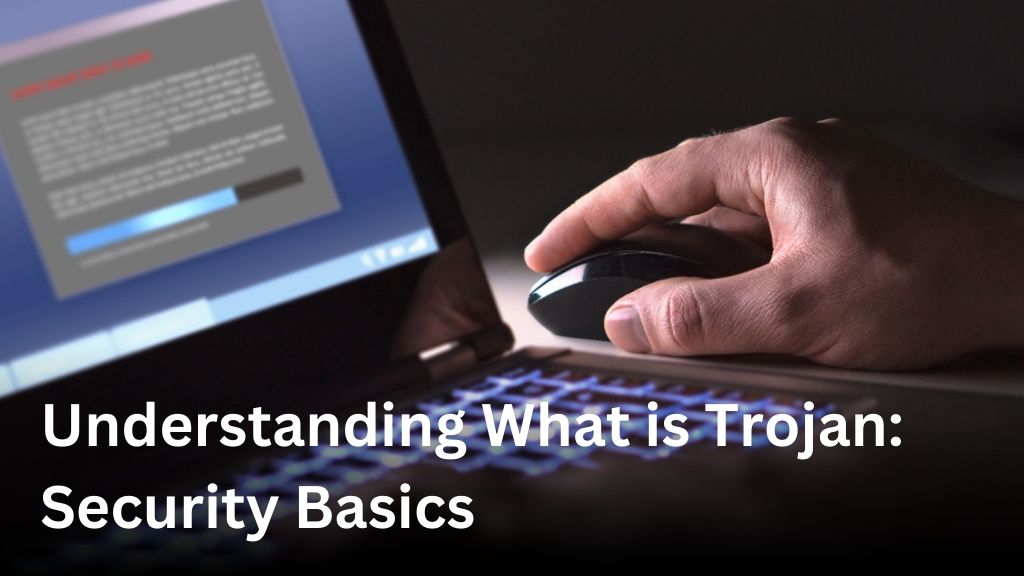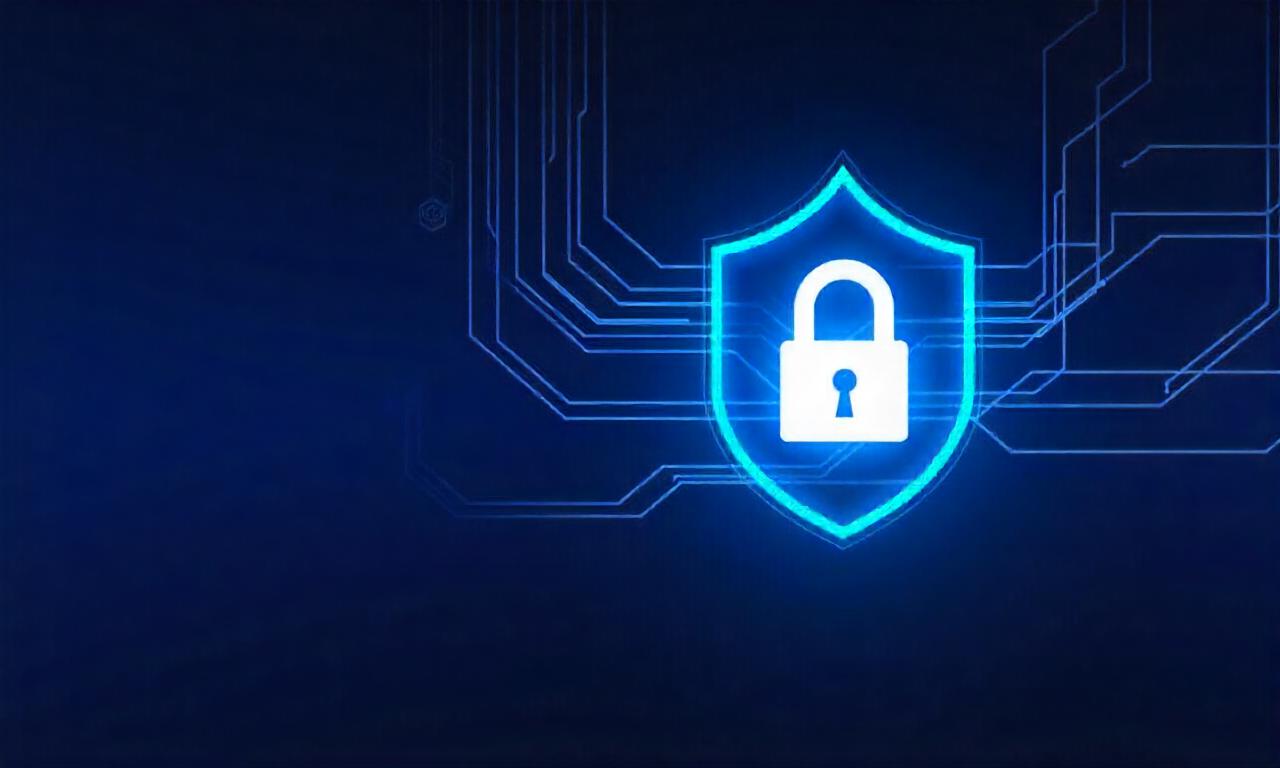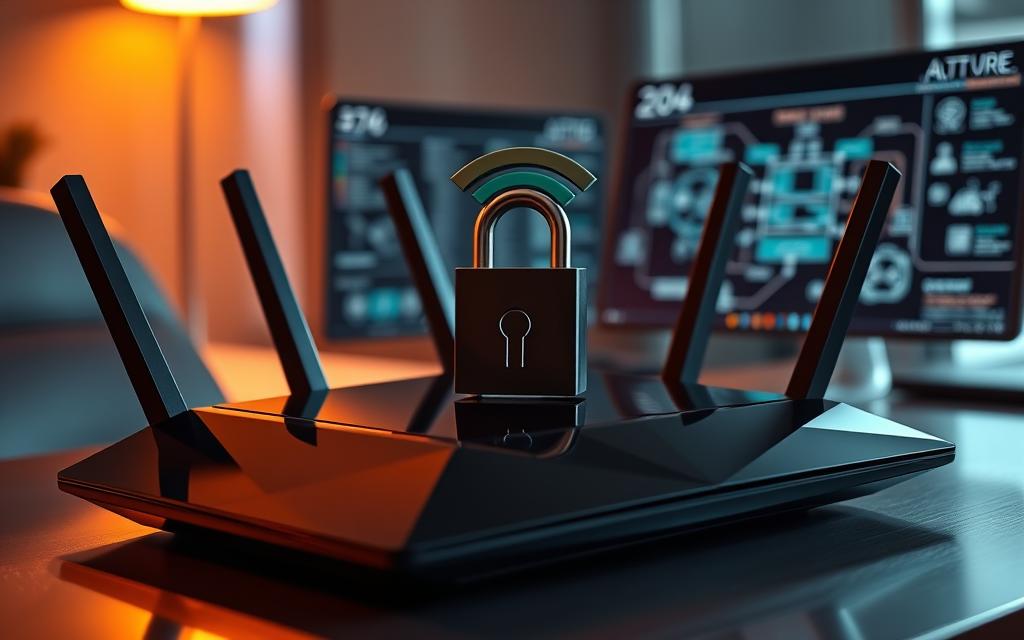Welcome to our comprehensive guide on trojans, where we will explore the ins and outs of this digital menace. In this section, we’ll start with the basics to help you understand what a trojan is and why it poses a threat to your online security.
So, what is a trojan? Well, a trojan is a type of malicious software that disguises itself as legitimate files or programs. Just like the famous trojan horse from Greek mythology, these digital trojans are designed to deceive and infiltrate your system without your knowledge. Once inside, they can wreak havoc on your devices, compromise your personal information, and even grant unauthorized access to hackers.
It’s important to note that trojans are distinct from other forms of malware, such as viruses or worms. Unlike viruses, trojans do not self-replicate. Instead, they rely on social engineering tactics to trick users into voluntarily installing them. This makes trojans a cunning and stealthy adversary.
In the following sections, we’ll delve deeper into how trojans work, the various types of trojan attacks you may encounter, and most importantly, how you can protect yourself from these malicious intruders. By staying informed and implementing the right security measures, you’ll be better equipped to safeguard your digital world from trojan threats.
Table of Contents
ToggleHow Does a Trojan Virus Work?
In this section, we will delve into the inner workings of a trojan virus. Understanding how these malicious software operate is crucial in recognizing and preventing them from compromising your devices.
Disguising as Legitimate Files or Programs
Trojan viruses often disguise themselves as legitimate files or programs, making them appear harmless to unsuspecting users. They may mimic popular software or even portray themselves as essential system files, tricking users into downloading or executing them.
Infiltration Methods
Once a trojan software is downloaded or executed, it can employ a variety of infiltration methods to gain access to your system. These may include exploiting software vulnerabilities, masquerading as email attachments or downloads, or being distributed through infected websites.
Malicious Activities
Once inside your device, trojan malware can carry out a range of malicious activities, depending on its design and purpose. Some trojans may log your keystrokes, enabling attackers to capture sensitive information like passwords and credit card details. Others may grant remote access to your device, allowing hackers to control it or use it as part of a botnet network. Additionally, trojans can steal personal data, delete or modify files, or install additional malware without your knowledge.
By understanding the inner workings of these trojan horse viruses, you can better recognize their presence and take proactive measures to prevent them from compromising your devices and data.
Common Types of Trojan Attacks

In this section, we will explore some of the most common types of trojan attacks that users may encounter. Understanding the different tactics used by trojans can help you better protect yourself against potential threats and safeguard your digital security.
1. Keylogging
One type of trojan attack involves keylogging, where the trojan secretly records your keystrokes. This allows cybercriminals to capture sensitive information such as login credentials, financial details, and personal data. Keylogging trojans often target individuals who use online banking or make online purchases.
2. Remote Access Trojans (RATs)
Remote Access Trojans, or RATs, grant unauthorized access to your computer or device. Once a RAT infiltrates your system, hackers can remotely control your device, collect data, monitor your activities, and even use your device’s resources for malicious purposes. RATs are often distributed through malicious email attachments or deceptive downloads.
3. Banking Trojans
Banking trojans specifically target online banking platforms and financial transactions. These trojans aim to manipulate or steal your financial information, allowing attackers to access your bank accounts, make unauthorized transactions, and even assume your identity for fraudulent activities. Banking trojans are typically spread through phishing emails or malicious websites.
By familiarizing yourself with these common types of trojan attacks, you can be more vigilant and take proactive measures to protect yourself and your devices against potential threats.
Recognizing and Removing Trojans
In this section, we will provide you with valuable tips and guidelines for recognizing the signs of a trojan infection and taking appropriate action to safeguard your devices. By being alert to the warning signals and promptly addressing any detected trojans, you can protect your digital security and maintain a safer online experience.
1. Use Reliable Antivirus Software: Deploying trusted antivirus software is essential in detecting and preventing trojan infections. Regularly update your antivirus program to ensure it can identify the latest threats and provide effective protection.
2. Conduct Regular System Scans: Perform routine system scans to identify any hidden trojans or malware. Schedule automatic scans to ensure comprehensive coverage and timely detection of any suspicious activities.
3. Employ Safe Browsing Practices: Exercise caution while browsing the internet to minimize the risk of trojan infections. Avoid visiting suspicious websites, clicking on unfamiliar links, or downloading files from unreliable sources.
4. Beware of Phishing Attempts: Be vigilant against phishing attempts that utilize trojans as a means of stealing sensitive information. Avoid clicking on suspicious emails, and never share personal data or login credentials through unsecured channels.
5. Keep Your Operating System and Software Updated: Regularly update your operating system, applications, and plugins to patch any security vulnerabilities that trojans may exploit. Enable automatic updates whenever possible for seamless protection.
6. Be Cautious of Email Attachments: Exercise caution when receiving email attachments, particularly from unknown senders. Avoid opening attachments unless they are expected and come from trusted sources.
By following these guidelines, you can significantly reduce the risk of trojan infections and protect your digital devices from potential harm.
Staying Secure and Preventing Trojan Infections
To ensure your digital safety, it is crucial to take proactive measures that minimize the risk of trojan infections. By implementing the following precautions, you can significantly enhance your digital security.
- Keep your operating system and applications up to date: Regularly updating your software ensures that you have the latest security patches and fixes, reducing vulnerabilities that trojans can exploit.
- Avoid suspicious downloads and email attachments: Exercise caution when downloading files or opening email attachments from unknown sources, as they may contain trojans disguised as legitimate content.
- Practice safe online behavior: Be mindful of the websites you visit and the links you click on. Avoid clicking on suspicious or untrusted links, and be wary of pop-up windows that prompt you to download unfamiliar software.
By adhering to these security practices, you can minimize the likelihood of falling victim to trojan infections. Remember, prevention is key to maintaining a secure digital environment.
Conclusion
Understanding what a trojan is and how it can compromise your security is crucial in today’s digital landscape. By being aware of the risks and taking preventative measures, you can maintain a safer online environment.
It is essential to regularly update your security software to ensure you have the latest protection against trojan viruses. These updates often include patches and bug fixes that address vulnerabilities in your system, making it less susceptible to potential attacks.
In addition to keeping your software up to date, exercising caution while browsing the internet is crucial. Avoid clicking on suspicious links or downloading files from unknown sources. By practicing safe online behavior, you can significantly reduce the risk of accidentally downloading a trojan.
Staying informed about the latest threats and attack techniques is also vital. Cybercriminals are continually evolving their tactics, so educating yourself about different types of trojan attacks can help you recognize and avoid them. Keep an eye on reputable cybersecurity blogs and forums for updates on emerging threats.
FAQ
What is a trojan?
A trojan is a type of malware that disguises itself as a legitimate file or program to gain unauthorized access to a user’s system. Unlike viruses or worms, trojans do not self-replicate, but they can still cause significant damage by stealing personal information, damaging files, or allowing remote access to the compromised device.
How does a trojan virus work?
A trojan virus works by tricking users into believing that it is a harmless file or program. Once the trojan is executed, it can perform various malicious actions, such as installing additional malware, stealing sensitive data, or granting hackers remote access to the infected device. Trojans often rely on social engineering techniques, such as email attachments or malicious websites, to infect unsuspecting users.
What are some common types of trojan attacks?
There are several common types of trojan attacks, including keyloggers, remote access trojans (RATs), and banking trojans. Keyloggers record a user’s keystrokes, allowing hackers to collect sensitive information like passwords or credit card details. RATs provide attackers with complete control over an infected device, enabling them to perform unauthorized actions. Banking trojans specifically target online banking systems, attempting to steal login credentials and financial data.
How can I recognize and remove trojans?
Recognizing trojans can be challenging, as they often appear as legitimate files or programs. However, some common signs of a trojan infection include slow system performance, unexpected pop-ups, or unexplained changes to files or settings. To remove trojans, it is crucial to use reputable antivirus software and regularly scan your system for malware. Additionally, maintaining good browsing habits and avoiding suspicious downloads or email attachments can help prevent trojan infections.
How can I stay secure and prevent trojan infections?
Staying secure from trojan infections requires proactive measures. Keep your operating system and applications updated with the latest security patches, as these patches often address vulnerabilities that trojans exploit. Be cautious when downloading files or clicking on links, and avoid opening email attachments from unknown or suspicious sources. Lastly, educate yourself about the latest trojan threats and practice safe online behavior to reduce the risk of infection.
















